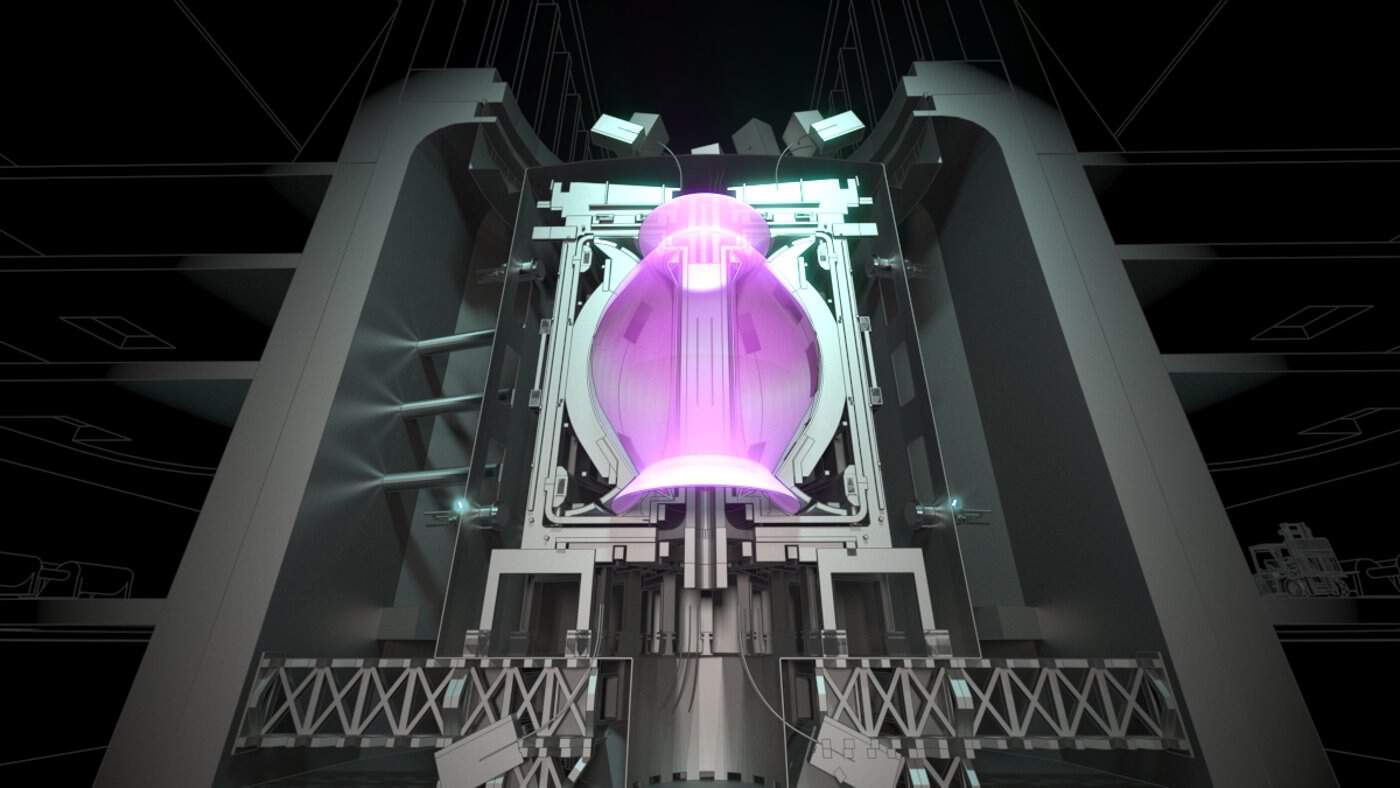NASA is preparing for a new mission, dubbed Landolt Space Mission, by the end of the decade, that will place a satellite which will function just like an artificial star. The main objective of the mission is to improve the precision of ground-based telescopes, increasing our knowledge of the Universe. The satellite will launch in early 2029 and will be about the size of a loaf of bread.
The lab will house eight lasers that will provide everything from the light of stars to that of a supernova. This satellite will function as a new calibration technique for astronomers to fine-tune their telescopes and other instruments in observatories. This will enable them to take more accurate measurements of real celestial objects.
The artificial star satellite will be placed 35,785 kilometres above Earth. This distance will allow it to sit in a geosynchronous orbit, which will be stationary when viewed from the Earth. According to a newsroom post by George Mason University, the principal investigator for the mission, Peter Plavchan said that the distance is intended to make the satellite appear like a real star. Further, the geosynchronous positioning will keep placed over the US in the first year, enabling better observation by NASA and other independent observatories in the country.
The artificial star will be invisible to the naked eye but will be easily detectable by typical telescopes that use digital cameras to capture images. If adopted, such a setup could help astronomers hone in on changes in stellar luminosity and related attributes with increased precision. Named after Arlo Landolt, a key player in creating stellar brightness catalogs, the mission was approved by NASA in February and disclosed to the public on June 10. The effort, the company says, would require 30 people and have an approximate price tag of $19,500,000 (roughly Rs. 162.8 crore).
The Landolt Space Mission is a breakthrough in space exploration. As a more constant and well-known sky ‘landmark’ it will allow scientists to better calibrate their methods and secure more exact data with every observation — effectively revealing more of the mystery of the cosmos.







